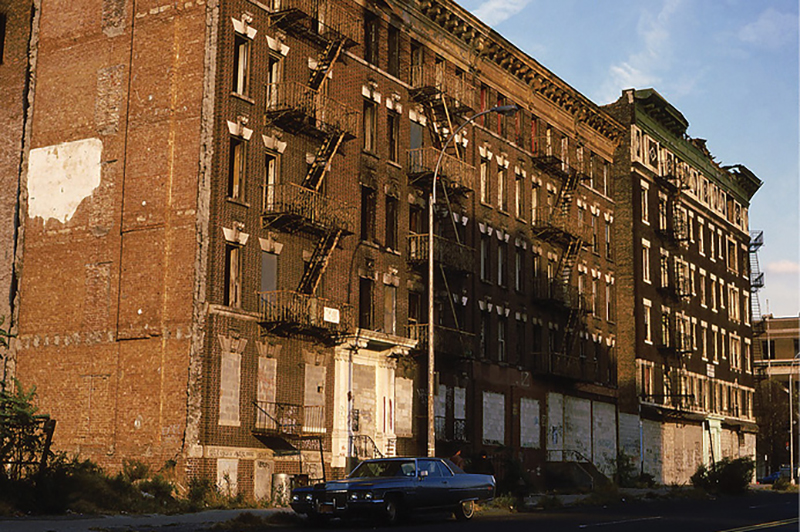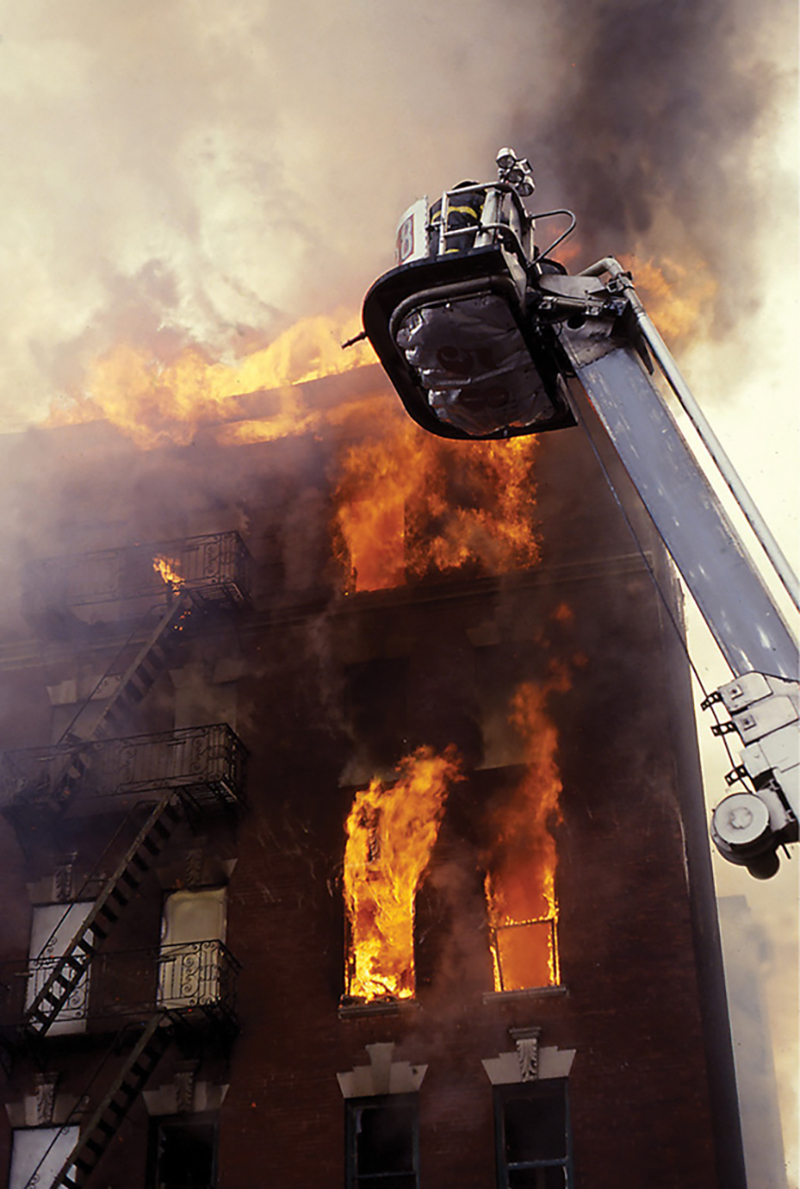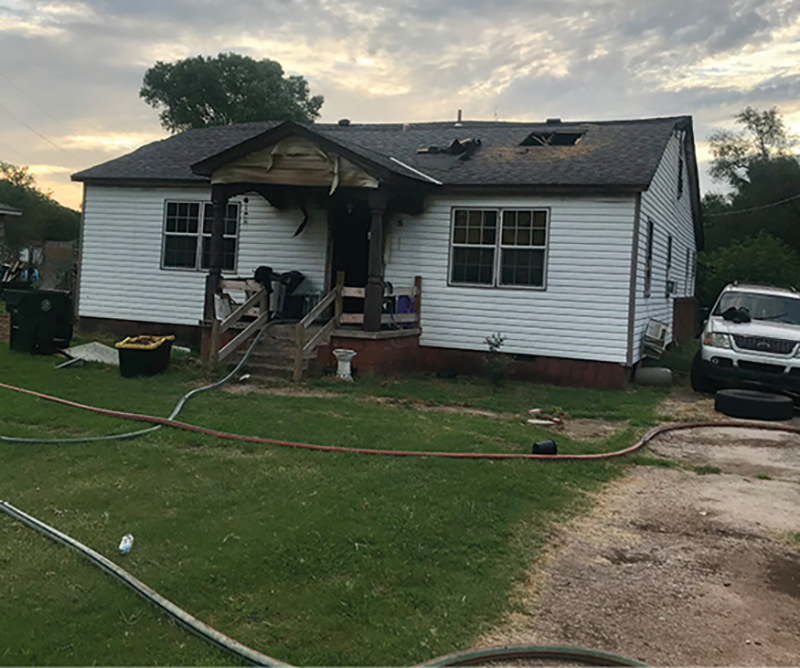
There remains a long-held belief that fire in the United States is less of a problem outside of urban areas. Although this was the reality for most of our nation’s history, we may be approaching a period where the fire problem is shifting. A review of populations, history, and organizations connected to this deeply entrenched idea that the urban fire problem is greater also provides a cause for concern about the future for our smaller cities. The truth is that our nation’s fire problem has very little to do with residential density alone, and history may indicate that we are on the leading edge of a new fire landscape.
FDIC International 2023: An Unquenchable Faith
Urban History
The “great” cities in the United States have a long-established history in municipal services and organization including fire departments, predating 1850 when nearly all the nation’s major cities were incorporated. This is at least 100 years prior to the official establishment of most other cities in America, when we saw the second great wave of incorporation during the mid-1900s. This was an explosive time when small towns, villages, and even simple intersections saw unprecedented post-World War II growth. This 100-year span is an important bookmark for us as a fire service because history has a history of repeating itself.
The late 19th and early 20th century was the peak of the industrial era in the United States. Technology combined with infrastructure development (i.e., roads and ports) began to compound efficiency, but the Civil War broke this momentum when these arteries of commerce were exploited for military logistics. As extensive as the Civil War destruction was, it did not destroy the industrial revolution’s drive. During the postwar Reconstruction era (1863-late 1870s), rapid growth and development returned to these commercial conduits and hubs as the United States began to take its modern shape. The Reconstruction targeted the rebuilding of cities and infrastructure that the war had destroyed. It also “modernized” and fully built out the industrial, residential, commercial, and transportation footprints of our great cities. This was the urbanization of America.
Urban Building Stock and the “War Years”
The swift build-out of urban areas and the expansion of capitalism during Reconstruction yielded great benefits for the cities and the economy of the United States. At the same time, it outpaced the checks and balances of government planning and the oversight of the thorough building plan review, inspection, or code enforcement systems we know today. Recognizing that the Reconstruction period from the 1860s to 1880s was mostly unregulated, we can see that, overall, the urban building stock would be in poor condition and prone to fire 100 years later. Just a few generations behind us, in the 1960s and 1970s, many of our urban fire departments experienced their “War Years” (photo 1).

The post-World War II era was both vastly different and yet very similar to the postwar era of the 1860s. World War II was fought on foreign soil, so there was no need for domestic reconstruction. War time drove major advances in domestic technology, capacity, and prosperity as did the industrial era of the previous century. The proliferation of the automobile, the middle class, and larger families, coupled with a period of urban decay, resulted in a demographic shift to areas just outside of our major cities, giving birth to the suburbs.
Residential developers drove the birth of the suburbs by buying up land before proper local or county oversight was in place. First-generation tract housing and lightweight construction sprang up overnight. Suburban developers were not only establishing neighborhoods, but in places like Levittown, Pennsylvania, and many others across the country, these firms laid down initial municipal infrastructure, set up city services, and built fire stations at an incredible pace. Their priority was profit and marketing, not longevity.
Although the first wave of urban escape was residential, commercial and industrial facilities followed. Technologies and work environments changed from the larger-scale mills and factories of the industrial era to facilities with greater efficiencies, fewer operators, more supervisors, and smaller footprints.
In the United States, the 1960s through the 1980s was a period of stark contrast between the prosperity and proliferation of the suburbs and the decay and decline of many of our nation’s traditional urban anchors.
Fire in the Headlines
Unlike today’s media environment in which information comes from and is accessed from everywhere; historically, our news sources were the newspapers and the major market urban radio and television stations. During the “War Years,” significant fire events, burn victims, and related information dominated the headlines, demonstrating that the world’s most prosperous nation’s fire problem was on a par with that of undeveloped countries. The resulting political pressure from this led to the Fire Research and Safety Act of 1968, the presidential appointment of the National Commission on Fire Prevention and Control in 1971, and the publication of America Burning in 19731 (photo 2).

(2)
The funding of efforts to find a solution was like a New Deal for the fire service and made a major impression. At that time, it was a critical, lasting imprint of a greater urban fire problem. At the same time, the suburbs were in their infancy as municipalities, suburban building stock was relatively new, and secondary media markets were nonexistent (and they would have had no fire problem to report on if they did).
Socioeconomic Factors
In 1997, the United States Fire Administration (USFA) published Socioeconomic Factors and the Incidence of Fire. This research was intended to correlate the building stock and human factors with fire incidence in the United States. The document states, “Most of the seminal studies relating socioeconomic characteristics to fire rates were conducted and published in the late 1970s.”2 Recognizing that generations had passed since this problem had been evaluated, the USFA saw the need to revisit it. The ultimate determination was poignant and specfic to the neighborhood level. The USFA reported that nearly all previous and current studies found lower levels of income, poor building stock, and low levels of property ownership were either directly or indirectly related to the incidence of fire. The authors went so far as to state that neighborhood decline is a self-fufilling prophecy compounding all of the factors above. The paper articulates through research what the nation observed in our urban centers during the “War Years” of the 1960s and 1970s (photo 3).

(3)
The authors clearly stated that socioeconomic factors are dynamic: “Population shifts have changed the very communities’ researchers investigated, suggesting that older studies need to be replicated to ascertain the effects of these changes.”2 This article considers how socioeconomic factors may have changed communities since this 1997 assessment by the USFA.
In 2017, 20 years after the 1997 USFA report on the Socioeconomic Factors and the Incidence of Fire, the Brookings Institution published research titled The Changing Geography of US Poverty.3 The key finding in this new research was that growth in the poverty rate of smaller metropolitan areas grew at twice that of urban areas between 2000 and 2015. The researchers pointed to the year 2000 as the “tipping point” where for the first time in the history of the United States, the suburbs became home to more poor residents than urban areas. For the year 2015, the researchers reported that 22 million people were living below the poverty line in areas considered suburbs and small metro areas compared to 13 million in urban areas.
The Brookings research echoed many of the same findings of the USFA report, claiming that the poorest neighborhoods in these communites “cluster disadvantages,” which compounds problems. The researchers went on to report that this is accelerated in suburban communities because smaller municipalities across greater geographic areas have “jurisdicational fragmentation” and lack the safety nets of their urban core counterparts, such as public transportation, food or housing assistance, and established nonprofit and faith-based support systems.
Our Example
Midwest City, Oklahoma, was incorporated in 1943 and sits just east of Oklahoma City. Since the incorporation, the city saw grew from 10,000 residents in 1950 to 50,000 in 1980 before it began to cool down. The current population remains at 60,000 residents across 26 square miles. By nearly all accounts, Midwest City meets the textbook definition of a postwar suburb (photo 4).

(4)
In the early years of our city, as with most postwar suburbs, the residential and commercial construction and infrastructure were brand new, and the percentage of home ownership and median income was high (socioeconomic factors). In 2023, our city is celebrating its 80th anniversary, as will some of our original building stock and infrastructure. According to the online database Point2Homes.com,4 Midwest City has more than 25,000 housing units, 20,000 of those were built before 1990; the median construction year is 1973. So, the average age of a single-family dwelling is 50 years, predating the much stronger municipal building code and plan review process we hold builders to today.
When we review our fire data, this construction era appears to be a target hazard. For the first six months of 2022, the Midwest City Fire Department handled 42 working structure fires; only three occurred in buildings constructed in the past 20 years. The average building age for working fires in our city is 52 years old (1970 construction) (photo 5).

(5)
Over the past decade, when compared regionally, Midwest City has outperformed the economies of comparable cities, and residents have been very supportive of tax-based municipal improvement initiatives. However, Midwest City is not immune to the challenges associated with a declining number of owner-occupied units (currently 56%), more derelict properties, an increased presence of homeless individualism, and aging municipal infrastructure that are traditionally considered “big city” problems.
At the municipal level, our city limits have remained unchanged, and the percentage growth in our population has been in the single digits for decades. The demands on fire department services and total responses are on a much different trajectory from year to year; they are increasing.
The Suburban Fire Problem
Given our nation’s past history and the data available about its present state, consider what lies ahead. Are the suburbs and smaller metropolitan areas home to a smaller fire problem, or is the combination of aging building stock, shifting demographics, and lack of capabilities bringing a greater fire problem to the majority of our cities 100 years after it happened in our major cities?
ENDNOTES
1. Federal Emergency Management Agency. (1973) America Burning: The Report of the National Commission on Fire Prevention and Control. https://bit.ly/2pb457G.
2. Federal Emergency Management Agency. (1997). Socioeconomic Factors and the Incidence of Fire. Washington DC: Federal Emergency Management Agency.
3. The Brookings Institution. The changing geography of US poverty. https://bit.ly/42ieS0p.
4. Point2homes.com.
BRIAN BRUSH is a 26-year veteran of the fire service. His experience spans from rural volunteer to metro-sized departments. Brush is the training chief for the Midwest City (OK) Fire Department. A contributor to Fire Engineering, he is on the FDIC International advisory board and has been an FDIC International HOT and classroom instructor for more than 10 years. He has a master’s degree from Oklahoma State University School of Fire Protection and Emergency Management and is a graduate of the National Fire Academy’s Executive Fire Officer Program.

